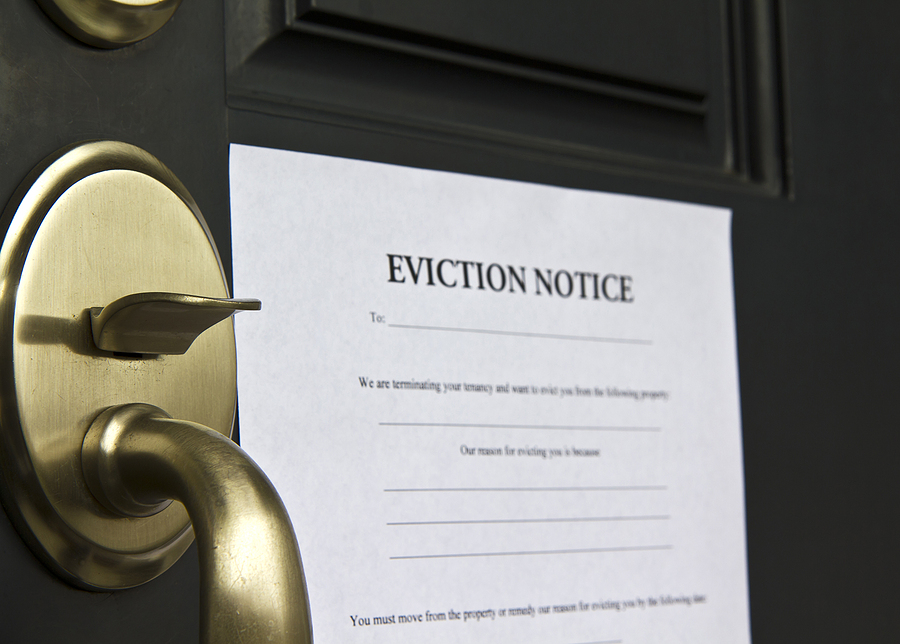Evictions can be one of the toughest experiences for both landlords and tenants. In Springfield, Illinois, the process is fairly straightforward—yet it comes with strict timelines and a few unique rules you’ll want to follow carefully. Below is a clear, step-by-step look at how it all works in Sangamon County, plus some practical tips on how to avoid eviction in the first place.
1. Eviction: A Last Resort
Good housing professionals and responsible landlords often view evictions as the final option rather than the first. In most cases, landlords try:
- Payment Plans: Working out a schedule for missed rent.
- Rental Assistance Programs: Helping tenants apply for state or local subsidies.
- Open Communication: Talking through financial hardships to find a temporary solution.
Even during the court process, it’s possible to resolve issues—and both parties are encouraged to negotiate, communicate, and settle if at all possible.
2. Step-by-Step: The Sangamon County Process
a) Serving the Notice
- 5-Day Notice: For nonpayment of rent.
- 10-Day Notice: For a lease violation (e.g., property damage, unauthorized pets).
- 30-Day Notice: For month-to-month leases, where the landlord can end the lease without stating a specific reason.
If the tenant remedies the situation within the notice period (pays owed rent, corrects the violation), the eviction process typically stops there. But if not, the next step is filing at the courthouse.
b) Filing at the Courthouse
If the notice period expires with no resolution, the landlord files an eviction action (known as a “Forcible Entry and Detainer”) at the Sangamon County Circuit Clerk’s office.
- First Appearance: Usually scheduled within 2–3 weeks of filing, and it typically falls on a Monday.
c) First Appearance in Court
- If the Tenant Doesn’t Show: The judge issues a default judgment and an Order to Vacate is set 18 days later (a Friday).
- If the Tenant Objects: They must pay a court fee, file a response, and appear for a trial set for a Tuesday, 15 days after the first appearance date.
d) The Trial (If Needed)
- Trial Date: If the tenant has properly objected, the court holds a trial on the scheduled Tuesday.
- Default Judgment: If the tenant doesn’t show up or file a response, the judge rules in the landlord’s favor by default.
- Eviction Order: If the judge rules for the landlord, an Order to Vacate is set. Typically, it remains the same Friday it would have been if entered at First Appearance. By the time trial is over, it’s only 3 days away.
e) Enforcement: The Sheriff’s “Set Out”
- Scheduling the Sheriff: Only a sheriff can legally remove a tenant who refuses to leave. Landlords should schedule the set out for the exact date of the Order to Vacate.
- No Self-Help: Changing locks or removing belongings on your own (known as a “self-help eviction”) is illegal in Illinois and can lead to major legal trouble.
3. Common Pitfalls to Avoid
- Skipping Proper Notice: Filing too soon or using the wrong notice (5, 10, or 30 days) could void your entire eviction and force you to start over.
- Poor Documentation: Keep thorough records of unpaid rent, lease violations, and any payment plan discussions.
- Ignoring Negotiation Opportunities: Even in court, it’s possible to reach an agreement on payment or move-out dates. Sometimes a workable plan surfaces at the eleventh hour.
4. Pro Tips for Landlords and Tenants
For Landlords
- Communicate Early: A missed rent payment might be resolved if you talk with the tenant right away.
- Know the Court Calendar: Because first appearances happen on Mondays and trials on Tuesdays, time your filings with these constraints in mind.
- Line Up the Sheriff: Don’t wait until the last minute to request the sheriff’s assistance. Scheduling can fill up fast.
For Tenants
- Act Promptly: If you receive a notice, contact your landlord immediately to discuss a solution.
- Know Your Rights: Show up to court if you have a valid dispute or if you’re on track to repay owed rent. Not appearing often means a default judgment against you.
- Seek Assistance: Springfield-area rental assistance programs or legal aid organizations might help you avoid eviction—look them up early.
5. Final Thoughts
Evictions in Springfield follow a clear legal framework, but that doesn’t mean they’re easy—or that they have to be adversarial. Open communication can often resolve conflicts before they escalate into court battles. When eviction is unavoidable, follow the step-by-step process laid out by Sangamon County and remember that only the sheriff can enforce a court-ordered set out.
In short: Eviction is a serious step. Before you reach that point, explore every option—from payment plans to assistance programs—to keep everyone on stable footing. If you do have to proceed, make sure you comply with notices, timelines, and local court rules. That professionalism can save you from costly legal missteps down the road.
Disclaimer
This blog post provides an overview of eviction procedures and does not constitute legal advice. If you’re unsure about any part of the eviction process or your rights under Illinois law, consult a qualified attorney or your local housing authority for guidance specific to your situation.

